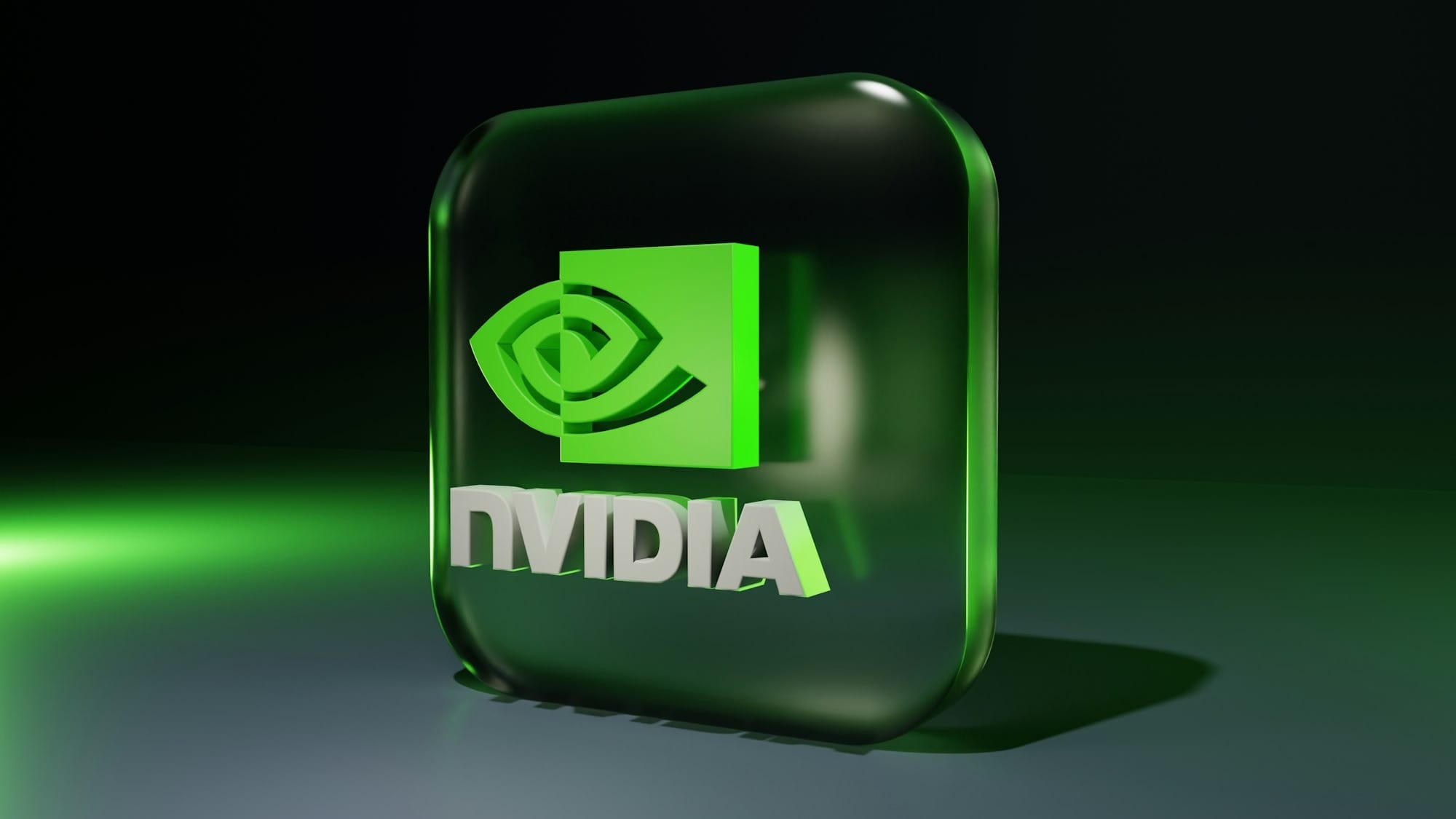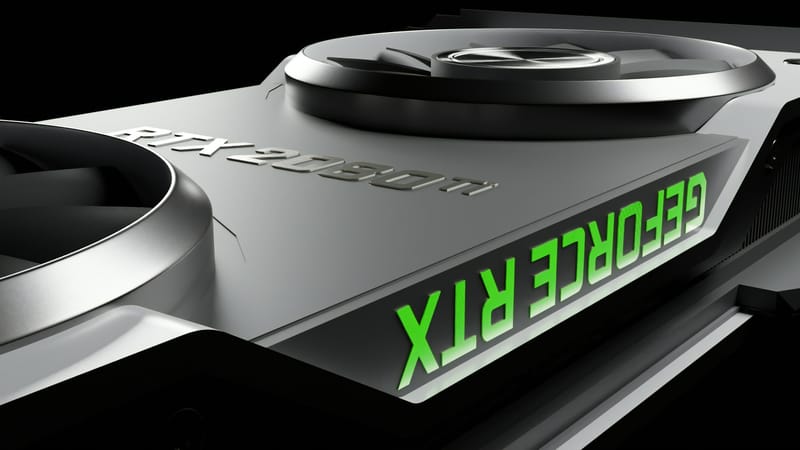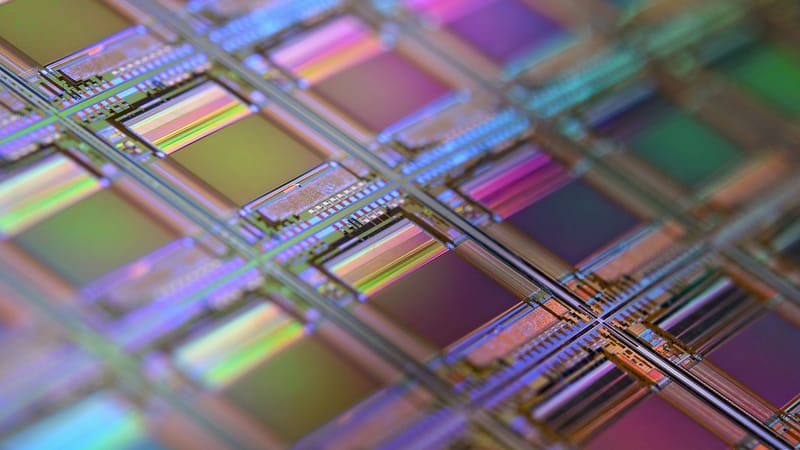NVIDIA and Google Cloud Want to Power the Entire AI Universe, From Data to Digital Twins

NVIDIA and Google Cloud have unveiled a sweeping new collaboration designed to bring high-performance, accelerated computing to every corner of enterprise AI. The two companies say their goal is to make it faster, easier and vastly more powerful to run everything from 3D advertising design to industrial robotics inside Google’s cloud.
The G4 VM: A Swiss Army Knife for AI
At the centre of the announcement is Google Cloud’s new G4 virtual machine, powered by NVIDIA’s RTX PRO 6000 Blackwell Server Edition GPU, the latest heavyweight in NVIDIA’s Blackwell family. It is a universal engine built for both brain and beauty, capable of handling multimodal, generative and agentic AI workloads while simultaneously rendering photorealistic visuals for design and simulation.
The new GPU features fifth-generation Tensor Cores for faster AI inference using efficient FP4 data formats, and fourth-generation RT Cores that double the ray-tracing performance of the previous generation. Companies can configure up to eight of these GPUs per instance, delivering a total of 768 GB of GDDR7 memory.
The result is a platform that can think and create at the same time. Advertising group WPP is already using G4 VMs with NVIDIA’s Omniverse to generate photorealistic 3D marketing content in real time. Engineering specialist Altair is using the same setup to accelerate computational fluid dynamics and complex simulation workloads.
Omniverse Meets the Cloud
The headline act for many users will be the arrival of NVIDIA Omniverse and Isaac Sim as virtual machine images on the Google Cloud Marketplace.
Omniverse is built on Universal Scene Description (OpenUSD) and allows companies to build digital twins, complete virtual replicas of physical assets that can be tested and optimised before real-world deployment. Factories, warehouses and even vehicle assembly lines can be modelled in detail and simulated under different conditions to improve efficiency.
Isaac Sim, built on the same platform, is designed for robotics developers who want to train, simulate and validate robots in physics-based environments before they go anywhere near a factory floor. Together, these tools turn Google Cloud into a sandbox for what NVIDIA calls physical AI — systems that can think, reason and move in realistic digital worlds.
Plug and Play AI for the Enterprise
The collaboration extends beyond design and robotics. Google Cloud customers will gain access to the full NVIDIA AI software stack, covering agentic AI, scientific computing and visual design. Developers can use NVIDIA Nemotron reasoning models, follow NVIDIA Blueprints to build intelligent agents, and deploy them with NVIDIA NIM microservices for efficient, secure inference.
In scientific research, the combination of CUDA-X libraries and Blackwell GPUs delivers striking speed improvements. Core genomics algorithms now run up to 6.8 times faster than on the previous generation, while designers and artists can use NVIDIA RTX Virtual Workstation software to access high-performance virtual workstations from anywhere.
The Bigger Picture
What NVIDIA and Google Cloud have created is a unified AI ecosystem that can handle everything from massive model training to industrial simulation and 3D design. It gives companies a single architecture that spans the entire spectrum of modern computing.
Whether the task is building a digital twin, training an AI assistant or rendering a next-generation film scene, this partnership aims to make Google Cloud the go-to engine for creative and computational power. For enterprises chasing both performance and scalability, it is the closest thing yet to a one-stop AI shop.






